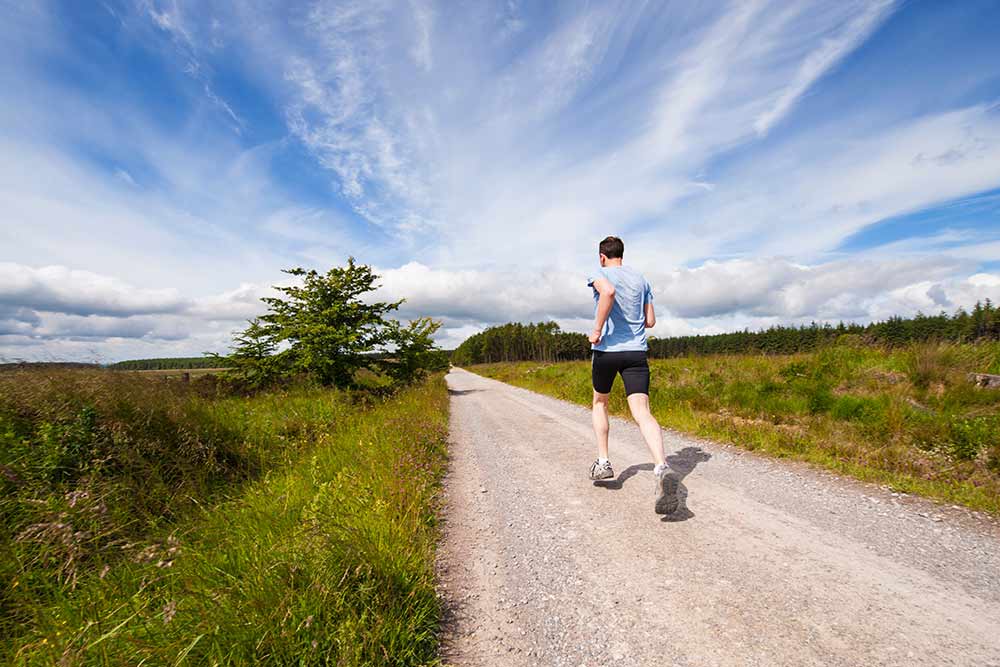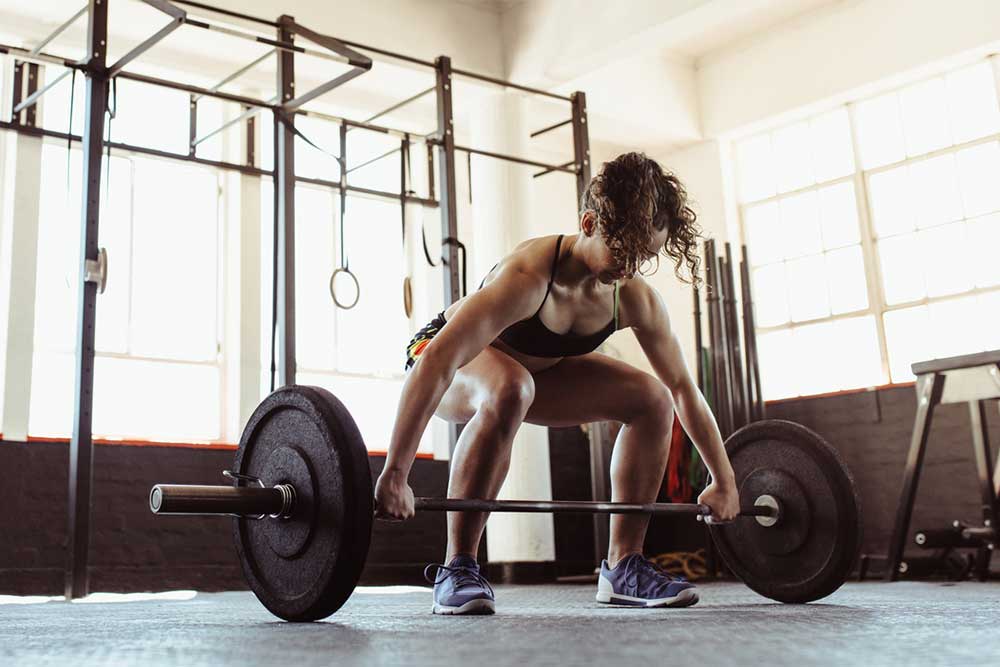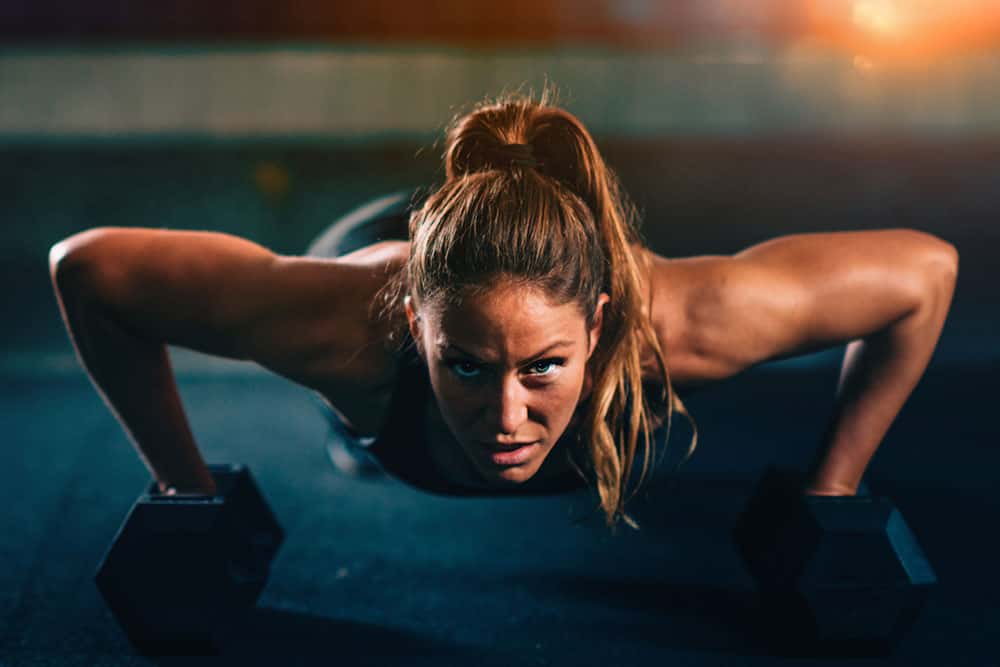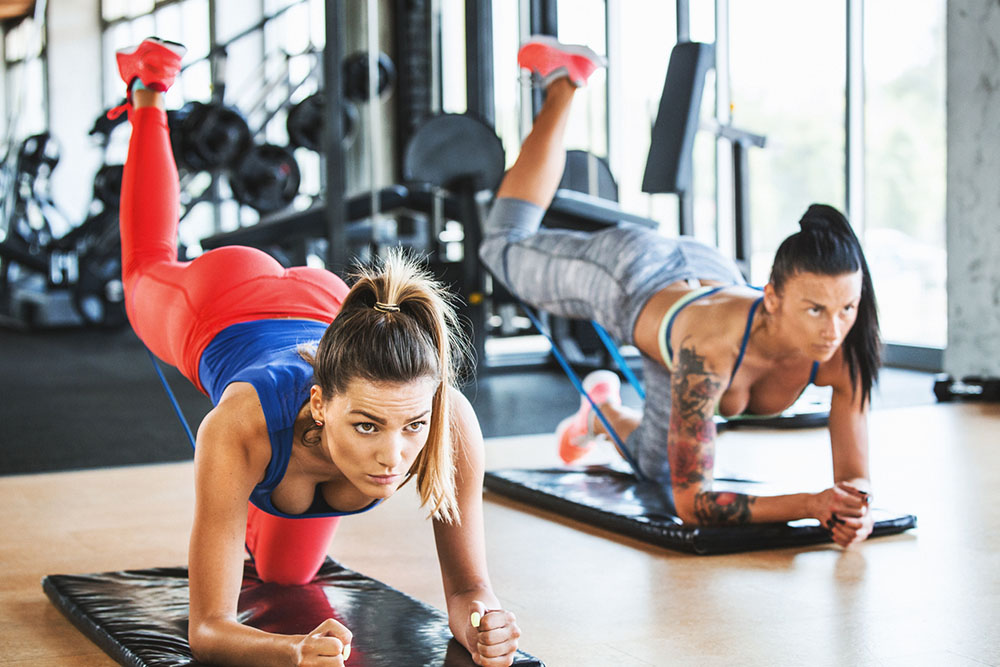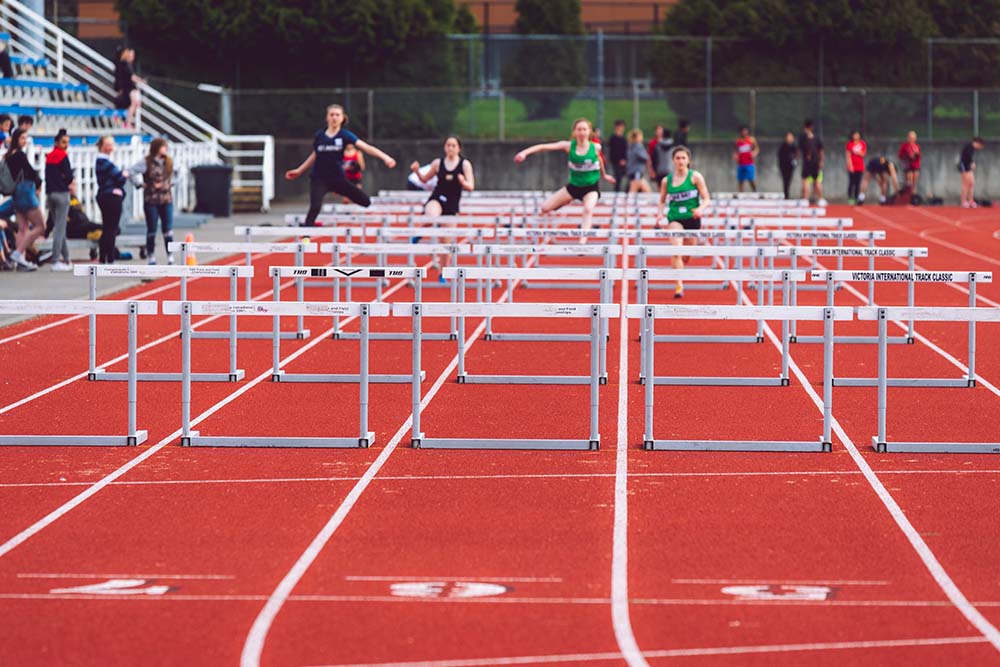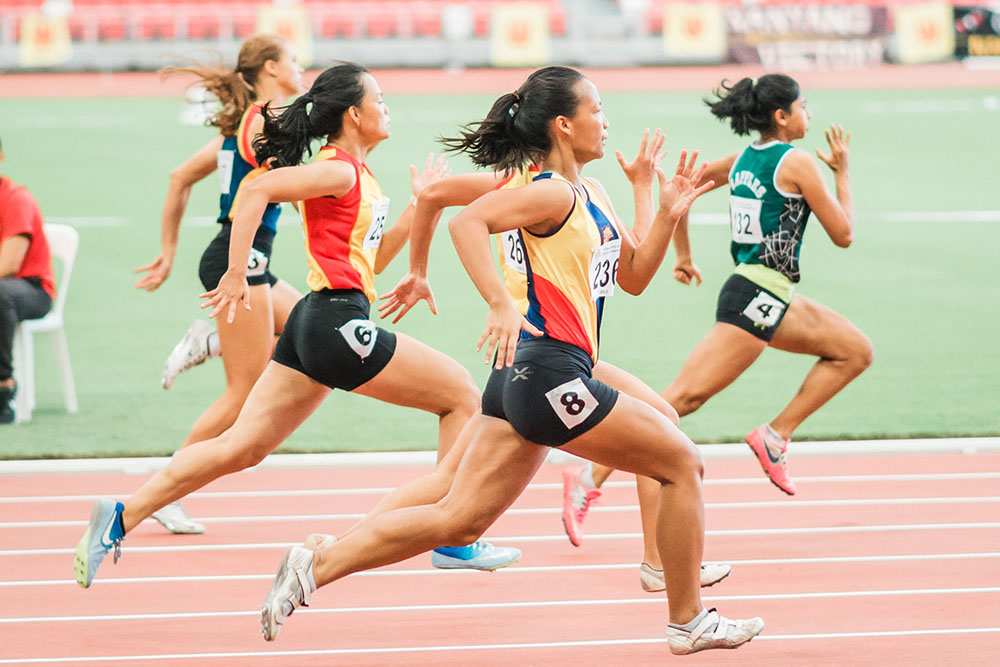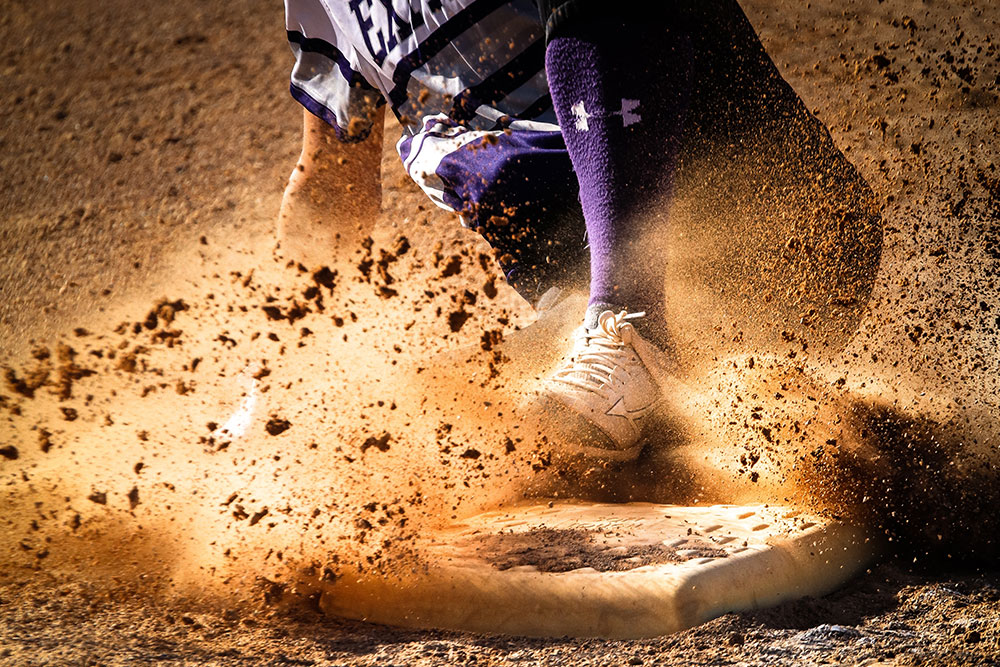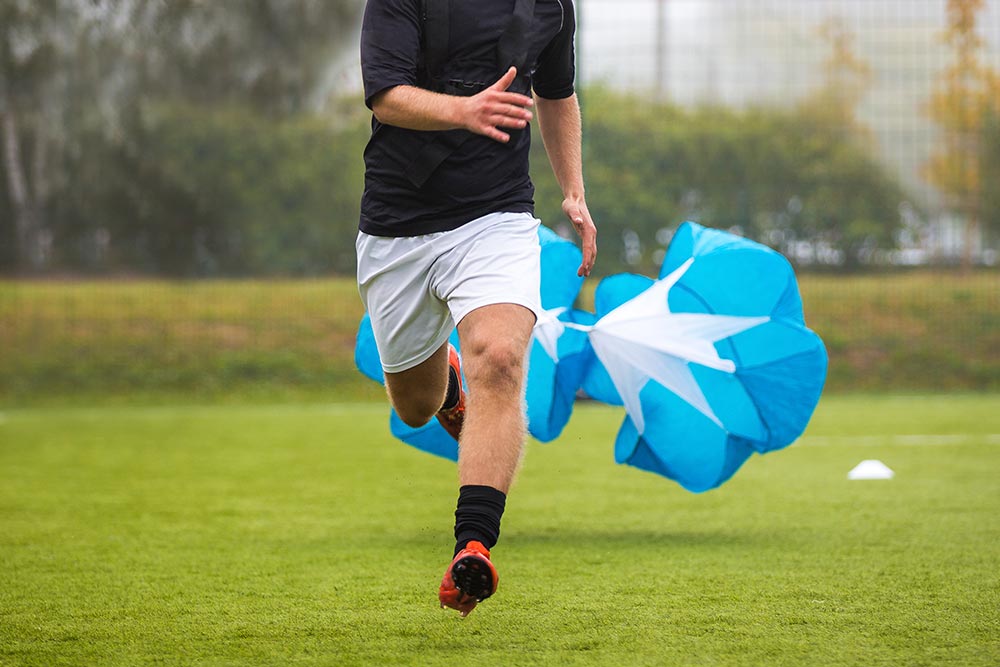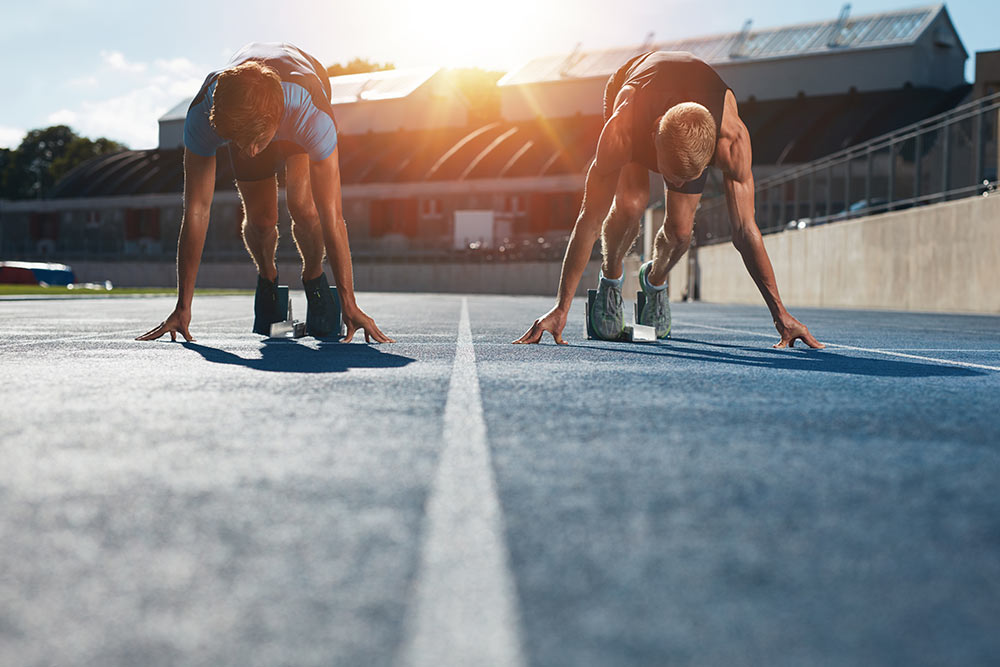So You Want To Be A Sprinter? – Part 3
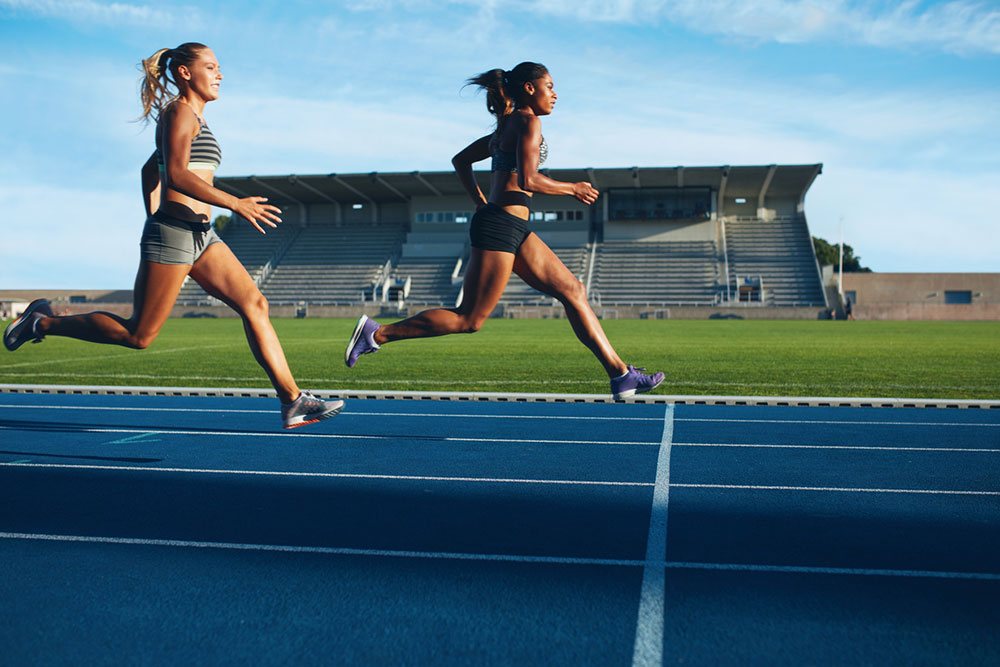
Evan Stevens
So You Want To Be A Sprinter? – Part 1
So You Want To Be A Sprinter? – Part 2
Part 3: Warm-up
Now that we have a working understanding of the different parts of running and sprinting, we can hit the track and start to bang out some reps right? ALMOST. First we have to get warmed up. And no, static stretching is not a warm up. When we talk about getting warmed up before practices and racing we talk about dynamic warm-up; that is warm-up focused on movement rather than standing or sitting in one spot and stretching out cold muscles, or static warm-up.
The Risk of Injury
You might want to just hop on the track and go to work, and by all means, if you do not care about your performance and don’t care about the risk of injury, go for it. But if you want to be the best that you can be, that means staying healthy and improving performance, you need to go through a proper warm up. A 2010 meta-analysis published in the Journal of Strength and Conditioning Research found that warming up before activity lead to performance increases in 79% of performance criterion that were analyzed (muscle flexion, power/force generation, range of motion, etc), with no ill effects on performance.
Warm-ups are Sport Specific
Going more in-depth as to why warm-up is important, we turn to an article published in sports medicine? that discusses the impact that specific warm-up has on the body. The authors describe specific warm-up as activity done in a way specific to the athlete’s sport and movement requirements. That is to say, a swimmer shouldn’t be doing running exercises to warm up or a cyclist shouldn’t be warming up with some light running and leg swings. Specific warm-up serves to increase temperature by utilising body parts that will be used in subsequent, more strenuous activity. The benefits of warm-up, the authors note, are due to temperature-dependant physiological responses (hence why it is called warm-up).
By the Numbers
Elevated body temperature increases the release of oxygen from haemoglobin and myoglobin, lowers the amount of energy needed to activate certain metabolic processes, an increase in blood flow, decreases muscle viscosity (increases the ability of muscle to contract and react quickly), increases the muscle sensitivity to nerve impulses, and increases the speed of the muscle impulses. A study published in Medicine and Science in Sports and Exercise also showed that warm-up statistically lowered the amount of blood and muscle lactate accumulation by 49% and 16% respectively.
Warming up is imperative to performance. While there is a lot of debate as to the effectiveness of warm-up in relation to injury, as injuries can have numerous causes as well take time to develop, active warm-up should be done prior to exercise for the sole benefit of performance alone.
Does it Really Help?
So, warming up is beneficial, now what? How do we warm-up properly? What constitutes a good warm-up? Warming up isn’t difficult, but it is individualized to each athlete and each sport. We need to individualize the warm-up to each athlete because everyone is at different fitness levels. Someone who has been inactive for a while isn’t going to just jump in and do three sets of full hurdle warm-ups because the warm-up would turn into the workout itself.
Knowing where to start and how much to do becomes the real question of how to warm-up. To get started we have to think of our sport (sprinting) and consider what muscle groups we are primarily working. For our starting purposes we will look at gluteals, hamstrings, adductors, quadriceps, and the gastrocnemius. There are lots more that come into play in through the hips, back, and shoulders, but for now let’s start here. These five muscle groups are the big ones in your legs used for sprinting and warming them up properly is what is going to produce better sprinting.
Exercises:
| MUSCLE GROUP | DYNAMIC ACTIVITY | DESCRIPTION |
| Gluteals | Walking High Knees | · Begin standing with your legs shoulder width apart and each arm bent at 80-90 degrees at your side.
· Lift your right knee up towards your chest so it is parallel to the ground. As it comes up, move your left arm up towards your cheek just as you would if you were running – opposite arm, opposite leg. Your right arm should swing backwards, towards your hip. · Return to starting position by swinging your arms in opposite directions as your right leg comes back down. · When your right leg is down repeat with the left leg. · Start to move in a forward motion.
|
| Hamstrings | Toy Soldiers/ Frankenstein | · Similar to walking high knees but keeping the knees locked.
· As you swing your straightened right leg up in front of your body trying to get your heel to waist height; your left arm moves up with it. · Keep your toes pointed forward and try not to let them point out to the side. Always in line with the track. · Swing your right leg back down, as it comes so too will your left arm. Your right arm will start to move in the opposite direction. · When your right leg comes down you now swing your straightened left leg out in front of your body. |
| Adductors | Hurdler Walk | · Similar to walking high knees but instead of bringing your legs up in front of you, bring your knee up to the side of you.
· Place your hands on your hips, bring your right knee up to the side of your body, · When your knee is at waist level, and your femur is parallel to the ground, rotate femur at the hips to the front of your body, like where it was in the high knees exercise. · Drop your knee back down and repeat with your left leg, bringing it out, pulling it in, and placing it down. |
| Quadriceps | Butt Kicks | · From standing, draw your right heel up to your butt, trying to do so without letting your knee move forward, past your hip (everything stays in line with your body or goes behind it).
· Your left arm should swing back with your right leg, sweeping your hip, just like you are running. · As your right leg and left arm start to fall back into place, hop up on your left and start to draw it and your right arm back as you did with your left. · You will be “running” quickly transitioning from right leg to left leg (with some air time) as you move forward down the track, heels coming back to your butt without your knees coming too far forward. |
| Gastrocnemius | Tip Toe Walking | · Keeping your knees locked, stand on your tip toes and start to walk down the track, arms moving with your legs; opposite arm, opposite leg.
· You can vary the walking by pointing your toes inwards towards each other or outwards away from each other. |
These exercises provide a basic start for the warm-up drills. Each drill should be done twice over 20 meters. There is always some debate as to how many times a drill should be performed but a 2012 study in the Journal of Strength and Conditioning research found that each of these drills done one to two times improved a 20m sprint performance whereas not doing the dynamic exercises or doing them three or more times resulted in slower 20m sprint performances.
5 – 10 minutes of jogging
- Active/dynamic warm-up exercises (above)
- Stride outs (running hard out for 20-30 meters)
Next Steps for a Sprinter
It takes about 15-25minutes to do a good full warm-up. As you get stronger and get more advanced, warm-up gets a little more involved. You’ll start to add hurdles into your routine on some days, going over one and under another, going over them sideways and front ways, and yes, back ways too. You’ll be on the ground thrusting your hips into the air to help increase the range of motion on your hip flexors, you’ll be adding running into your high knees and toy soldiers. Your short sprints may be done over small hurdles to help get your knees up and your heels coming through your hips on your strides. All of it is to make you a better, more capable sprinter.
Related Video:
You Might Like:


